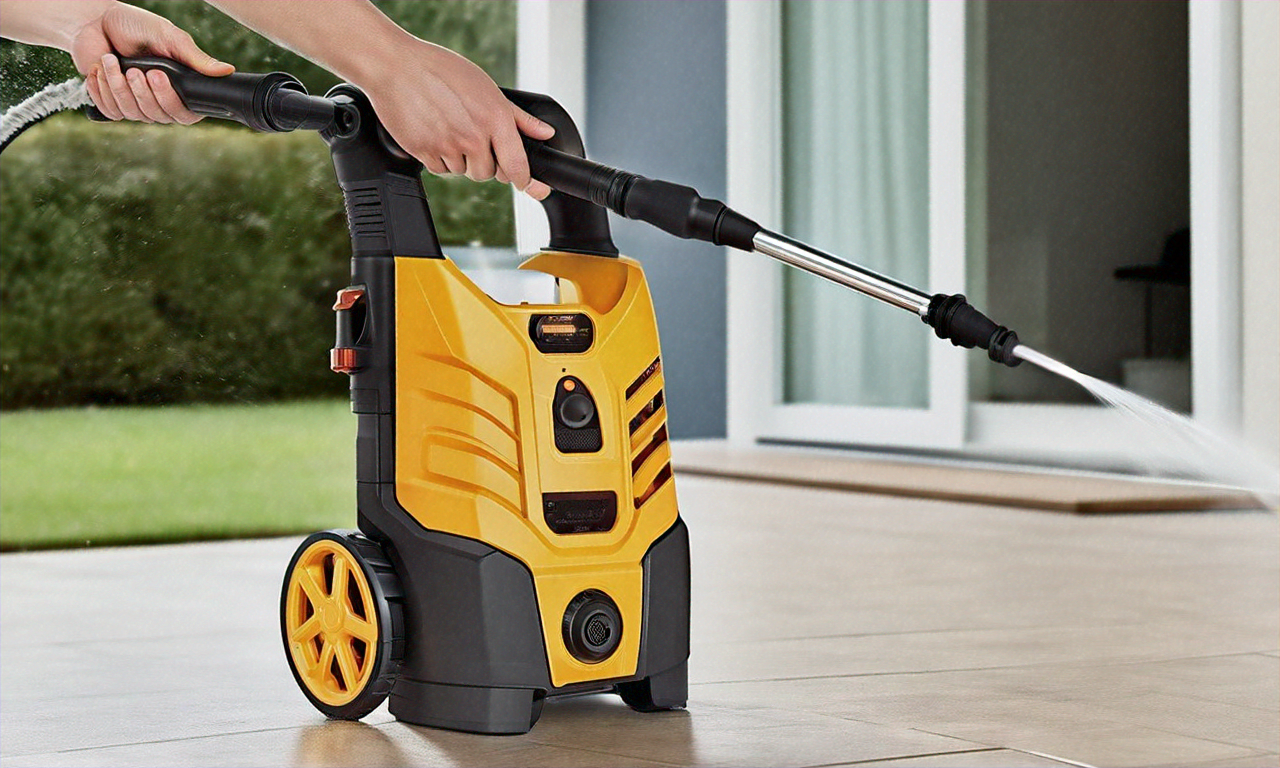Effective Pest Control Strategies: From IPM to Professional Exterminators
Pest control is a critical aspect of maintaining a healthy, comfortable living environment. Whether you're dealing with insects, rodents, or other unwanted critters, understanding the various approaches to pest management can help you effectively tackle the problem. This article explores different pest control methods, from integrated pest management (IPM) to professional exterminator services, providing you with the knowledge to make informed decisions about protecting your home or business from pests.

-
Identifying and monitoring pest populations
-
Setting action thresholds for when control measures are necessary
-
Implementing preventive measures, such as sealing entry points and removing food sources
-
Using a combination of control methods, including biological controls, traps, and targeted pesticide applications
IPM is particularly effective because it addresses the root causes of pest problems, making it a sustainable and environmentally friendly approach to pest control.
How do professional exterminators differ from DIY pest control?
While many homeowners attempt to handle pest problems on their own, professional exterminators offer several advantages over DIY methods:
-
Expertise: Exterminators are trained to identify specific pest species and understand their behavior, allowing for more targeted and effective treatments.
-
Access to professional-grade products: Pest control companies have access to stronger, more effective pesticides that are not available to the general public.
-
Comprehensive approach: Professional exterminators often employ IPM strategies, addressing both immediate infestations and long-term prevention.
-
Safety: Trained professionals know how to handle and apply pesticides safely, minimizing risks to humans, pets, and the environment.
-
Time and cost-effectiveness: While hiring an exterminator may seem more expensive initially, it can save time and money in the long run by resolving pest problems more quickly and effectively.
What are common insects targeted by pest control services?
Pest control services address a wide range of insect problems, including:
-
Ants: Various species, from carpenter ants to fire ants, can invade homes and cause damage or pose health risks.
-
Cockroaches: These resilient pests are notoriously difficult to eliminate and can spread diseases.
-
Termites: Wood-destroying insects that can cause significant structural damage to buildings.
-
Bed bugs: Blood-feeding insects that infest mattresses, furniture, and other household items.
-
Mosquitoes: Disease-carrying insects that pose health risks and can make outdoor spaces uncomfortable.
-
Flies: Various fly species can be nuisances and potential disease vectors in both residential and commercial settings.
-
Wasps and hornets: Stinging insects that can pose safety risks, especially for those with allergies.
Understanding the specific insect species you’re dealing with is crucial for implementing effective control measures.
How can homeowners prevent pest infestations?
Prevention is a key component of effective pest control. Homeowners can take several steps to reduce the likelihood of pest infestations:
-
Seal entry points: Inspect your home’s exterior and seal any cracks, gaps, or holes that pests could use to enter.
-
Maintain cleanliness: Regular cleaning, proper food storage, and prompt disposal of garbage can eliminate attractive food sources for pests.
-
Reduce moisture: Fix leaks, improve ventilation, and address any standing water issues to discourage moisture-loving pests.
-
Trim vegetation: Keep trees, shrubs, and grass trimmed away from your home’s exterior to reduce pest hiding places and access points.
-
Store firewood properly: Keep firewood stacked away from your home and elevated off the ground to prevent it from becoming a pest harborage.
-
Use natural deterrents: Certain plants, like mint, lavender, and citronella, can help repel some insect species.
-
Regular inspections: Conduct periodic checks of your home’s interior and exterior to catch potential pest problems early.
What are the environmental impacts of different pest control methods?
| Method | Environmental Impact | Effectiveness | Safety Considerations |
|---|---|---|---|
| IPM | Low | High | Minimal risks when properly implemented |
| Chemical pesticides | Moderate to High | Variable | Potential risks to non-target species and ecosystems |
| Biological control | Low | Moderate | Generally safe, but may have unintended consequences |
| Physical barriers | Low | Moderate | Safe for environment and inhabitants |
| Natural repellents | Low | Low to Moderate | Generally safe, but may be less effective |
When considering pest control methods, it’s important to weigh their environmental impacts against their effectiveness. IPM stands out as an environmentally friendly approach that can be highly effective when implemented correctly. Chemical pesticides, while often effective, can have significant environmental impacts and should be used judiciously. Biological control methods, such as introducing natural predators, can be effective with minimal environmental impact but may have unintended consequences if not carefully managed.
In conclusion, effective pest control requires a multifaceted approach that considers the specific pest problem, environmental factors, and long-term prevention strategies. Whether you choose to implement IPM techniques yourself or enlist the help of a professional exterminator, understanding the various methods and their impacts can help you make informed decisions about protecting your property from unwanted insects and other pests.






